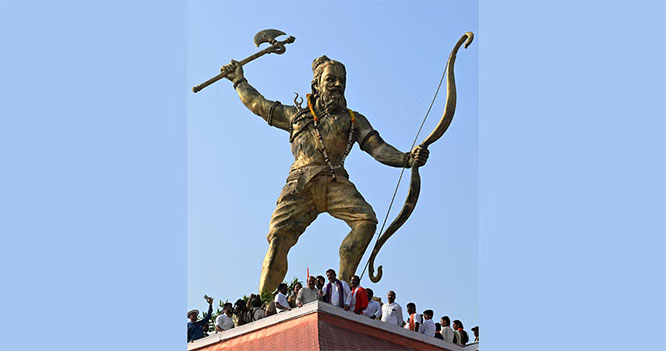
The 41 workers trapped in an Uttarakhand tunnel for 17 days are likely to be rescued anytime now, as the manual drilling team clearing the debris that blocks their escape is metres away from reaching them. The operation, which faced several setbacks owing to the difficult terrain, is now on the threshold of success. As the country has its fingers crossed and hands joined in prayer, here's a look at how the workers got stuck
The Tunnel
The 4.5 km-tunnel is part of the Centre's ambitious Char Dham project aimed at providing all-weather connectivity between four prominent Hindu shrines in Uttarakhand - Badrinath, Kedarnath, Gangotri and Yamunotri. Also known as Silkyara tunnel, this tunnel is on the route connecting Silyara and Dandalgaon in Uttarkashi district. It is a double-lane tunnel and one of the longest under Char Dham project. About 2.4 km of the under-construction tunnel from the Silkyara side and 1.75 km from the other side has been built. The tunnel, once complete, is expected to cut down travel time by an hour. The project to build the tunnel is being carried out by Hyderabad-based Navayuga Engineering Company Limited, which has reportedly handled such projects before.
What Went Wrong?
On November 12, a section of tunnel between 205 and 260 metres from the Silkyara side collapsed. Workers who were beyond the 260-metre mark were trapped, with their exit blocked. Fortunately for them, the part of the tunnel where they are stuck has power and water supply. While government authorities have maintained that a detailed probe will reveal what led to the collapse, multiple theories are floating around. One of them is that a landslide in the fragile Himalayan region led to the collapse. Several experts have pointed out how hasty development in the ecologically sensitive region was responsible for the incident.
Big Lapses?
There have been claims that the collapse was triggered by a blast carried out by construction teams building the tunnel. SP Sati, a geologist and professor of environmental science at Uttarakhand University of Horticulture and Forestry, said, "The agency will never accept this, but I am certain that a major blast led to this collapse." NDTV had earlier reported that the construction plan for the tunnel mentioned an escape tunnel, but it was never built. International expert Arnold Dix, who has been at the site, was asked if the absence of an escape tunnel contributed to the situation. He said that globally, escape tunnels are put at the end "because normally you don't expect them to collapse". He, however, added a disclaimer that escape tunnels may be built during the course of the project in areas that have specific geological conditions.







Comments
Add new comment